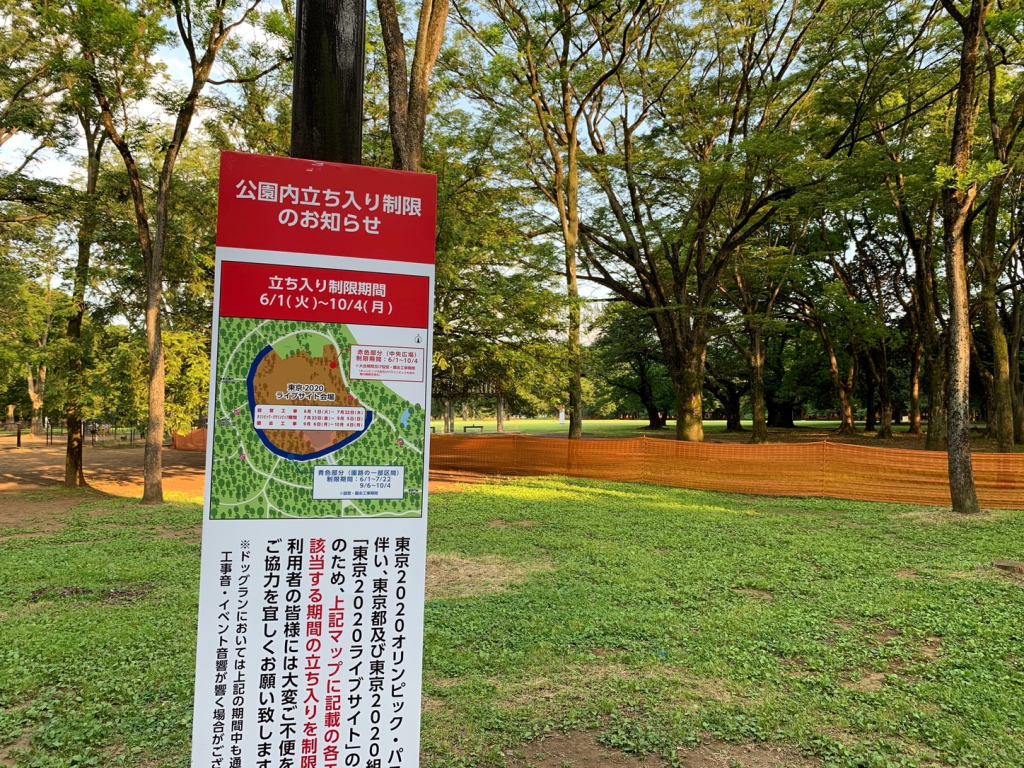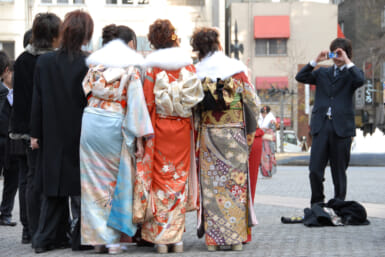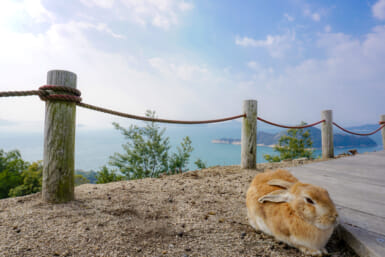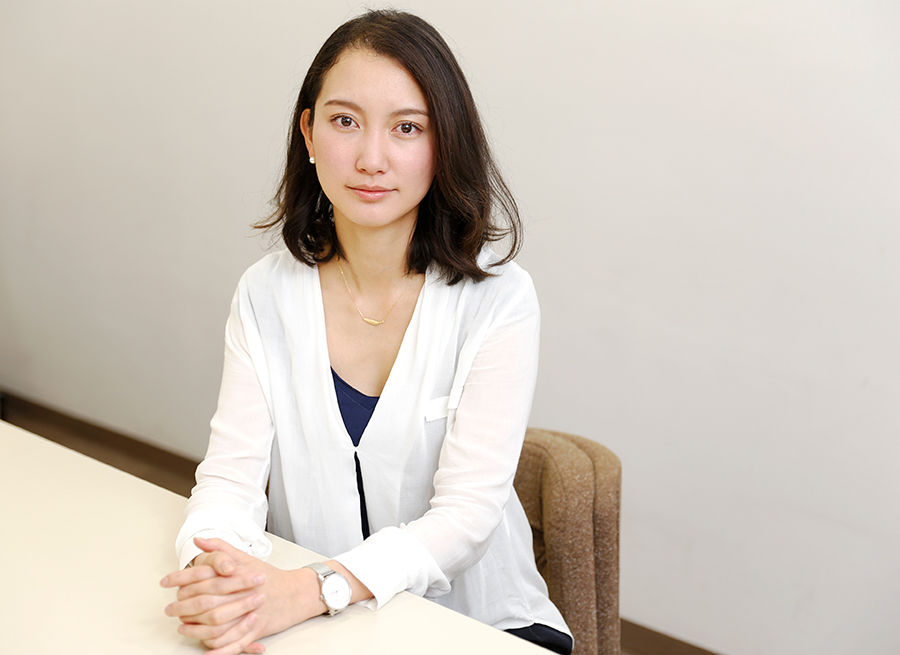I think it’s fair to say, even if we are being charitable, that the Olympic campaign has become a sinking ship with nobody aboard willing to acknowledge it. It’s like the folks up on the HMS Titanic denying there’s any cause for concern while the captain picks chunks of the iceberg out of his skipper cap. “And why has the floor become so wet all of sudden?” he wonders aloud. The primary difference here? Tokyo 2020 is somehow, someway, in spite of everything, going to bludgeon its way to shore.
The latest Olympic move to whip up a frenzy among Japan’s increasingly frustrated citizenry was the Tokyo 2020 Live Site Project. Conceived in the pre-pandemic era, the project outlined the construction of temporary venues for watching the Olympics in two of Tokyo’s most popular parks: Shibuya’s Yoyogi Park, and Inokashira Park in Kichijoji. Four more “Public Viewing” areas were planned in the capital, along with six sites in other regions of the country. In addition, there was an undisclosed number of “Community Live Sites” to be run by regional and local municipalities. (See the full list of planned sites here.)
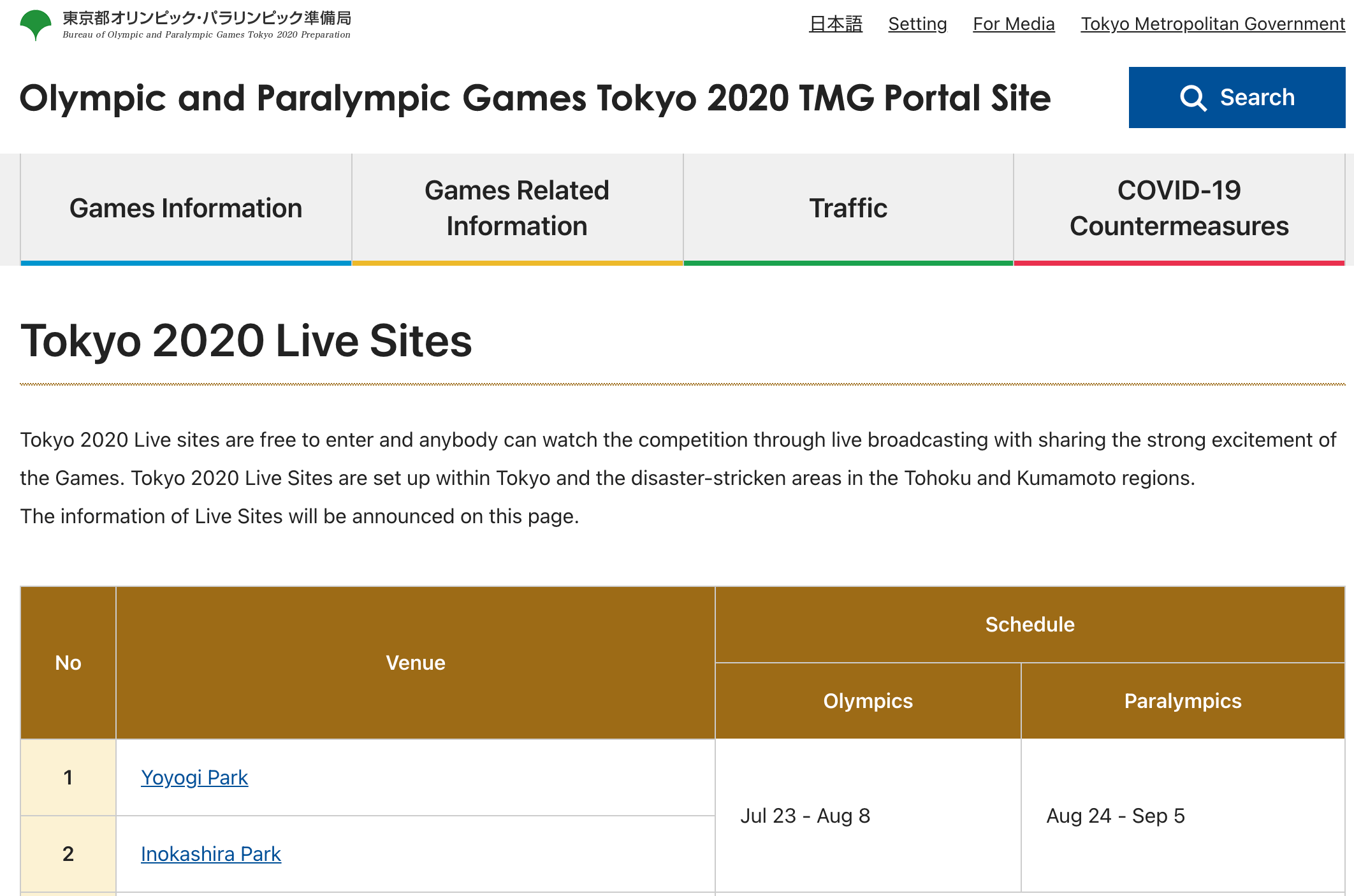
While the introduction of ad hoc viewing arenas across Japan may seem a trivial issue to some, if you pile enough straw on the camel’s back eventually it’s going to snap. Decisions that might have elicited an eye roll or a sigh of resignation a year ago, are now being met with vocal opposition and community-driven civil action. Such is the case with the Tokyo 2020 Live Site Project fiasco.
As of June 1, breaking news bulletins reported the Tokyo Metropolitan Government was taking steps to cancel one of the project’s major venues at Yoyogi Park. However, construction in the park is still ongoing, as current reports suggest the area might be quickly repurposed as a vaccination site instead. There has also been talk of using the area as a live viewing space for the Paralympics later on. In the meantime, the construction of other sites involved in the project continue.
Even with canceling the Live Site Project at Yoyogi Park, concerns over unnecessary environmental damage and gatekeeping of the public green space still remain. As do questions over the purpose of an outdoor vaccination center in the middle of a popular park. For those who have made their voices heard, the wait for a definitive answer goes on.
The Petition Against the Olympic Live Site Project
Rochelle Kopp, a Tokyo-based management consultant, author and educator, has been leading the vanguard in challenging the Live Site Project. Kopp started an online petition – a form of social activism that’s gaining traction in typically obedient Japan – in opposition to the proposed event at Yoyogi Park and the trimming of trees that would accompany the construction.
JUST POSTED!
Petition to stop construction of the no-longer-necessary Olympic viewing venue in Yoyogi Park, and thus avoid butchering of a bunch of the park’s beautiful trees. 🌳🌲🌳
Please sign and spread the word! https://t.co/Pa8itWiDPn
— Rochelle Kopp / Japan Intercultural Consulting (@JapanIntercult) May 22, 2021
In May, Kopp stumbled upon tweets indicating the Live Site Project would be implemented in spite of ongoing concerns around the spread of Covid-19. “I thought, well, that sounds really terrible,” she says. “Why would they build something to gather thousands of people in a small space during a time when everyone is being asked to make sacrifices and stay home? That doesn’t make sense.”
The petition gained over 100,000 signatures in its first week.
Kopp attributes this in part to the power of media, seeing as numbers soared after she raised the issue on televised news broadcasts. But her theory on the petition’s popularity and the public’s overwhelming discontent goes deeper than that.
“I think Japanese people are feeling frustrated and they’re not happy with the government’s response to the coronavirus,” says Kopp. She notes the Diamond Princess cruise ship debacle, the late closing of the border with China last spring, pumping funds into the Go To Travel campaign that could have been put to better use, the mold-riddled Abe-no-masks and the glacial vaccine rollout as contributing factors. And that’s before we’ve addressed the belligerence to plow on with Tokyo 2020 in spite of yet more polls, protests and petitions opposing it.
“[The Live Site Project] is such a microcosm of the Olympics,” says Kopp. “Here’s a thing that no one seems to be able to stop even though it doesn’t make sense anymore.”
Human Herds and Bottlenecks
Though Kopp’s attentions have been directed towards Yoyogi, Inokashira Park in Kichijoji is equally in the firing line. Major parks in Ueno and Hibiya have also been identified as “Public Viewing” areas. It is unclear at this stage whether these plans will also be scrapped. Furthermore, if the infection status is considered low enough, the sites may still be used as viewing arenas for the Paralympics in late August through early September. In light of that, the potential outcomes have scarcely changed.
Firstly, there’s the simple issue of people flooding en masse to watch the Games at a Tokyo 2020 Live Site venue. If the 2019 Rugby World Cup Fanzones were any indicator, for the most popular events people will gather in big numbers. Naturally, the Live Site Project outline states that it will have a range of Covid-19 prevention measures in place, including copious amounts of hand sanitizer (the cure to all our modern woes), replacing cheering with clapping and “social distancing” protocols. Though the latter of these concepts is often interpreted loosely in Japan, such as the one-meter-squared elevators with helpful instructions on how a party of five people can safely remain two meters apart.
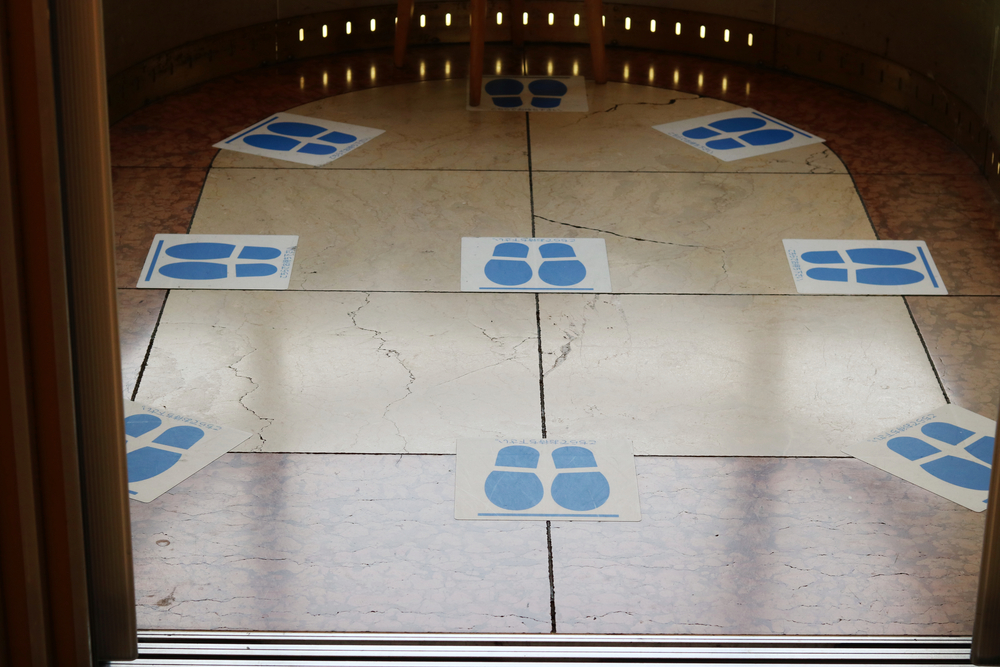 Secondly, there is the issue of limiting free green space. Parks are some of the best places to be in the midst of a pandemic. However, the Live Site Project venues will be off-limits to many who will be forced to gather in the remaining park space, creating a bottleneck. In some ways, it’s a case of déjà vu. Many parks were cordoned off during the cherry blossom season too, forcing hanami viewers either closer together on paths or indoors. Meanwhile, at Inokashira Park many of the communal seating areas are still closed off to the public which is difficult to reconcile with the Live Site Project. It’s no wonder the park is conspicuously devoid of Olympic advertising.
Secondly, there is the issue of limiting free green space. Parks are some of the best places to be in the midst of a pandemic. However, the Live Site Project venues will be off-limits to many who will be forced to gather in the remaining park space, creating a bottleneck. In some ways, it’s a case of déjà vu. Many parks were cordoned off during the cherry blossom season too, forcing hanami viewers either closer together on paths or indoors. Meanwhile, at Inokashira Park many of the communal seating areas are still closed off to the public which is difficult to reconcile with the Live Site Project. It’s no wonder the park is conspicuously devoid of Olympic advertising.
Hanami has been canceled in Yoyogi park! Everything is fenced off. So no Heian style celebration of the transitory beauty of cherry blossoms for you this year! pic.twitter.com/08W9KWZlWR
— Learn Japanese Pod (@japanesepodcast) March 16, 2021
A Ray of Hope?
Recent reports have given cause for optimism. The tree-pruning in Yoyogi finished much quicker than anticipated, with some of the previously indicated trees going untouched (though pictures of large, pruned branches were reported here). The venue capacity had also been reduced from 1,600 to 710 people before Governor Koike announced Yoyogi’s Live Site plans had been canned. The public outcry clearly had an impact.
A number of politicians also spoke out against the project. Airi Ryuen of the Tokyo Assembly, Shibuya-ku representative Machiko Kamizono, Toshiro Muto of the Tokyo Organizing Committee for the Olympic and Paralympic Games and vice-chair of the government’s coronavirus countermeasures committee Shigeru Omi all voiced concerns in the past week. With the help of Ryuen, Rochelle Kopp also managed to deliver an official request to the offices of Olympics Minister Tamayo Marukawa and Japan Olympic Committee Chief Seiko Hashimoto to scrap the Tokyo 2020 Live Site Project.
Just posted an update on the Yoyogi Park tree situation. Includes info on a TV show I will appear on tonight (5:45 on TBS), as well as an event with Kenji Utsunomiya also tonight. #代々木公園の木々をオリンピックから守りましょう #パブリックビューイング反対 https://t.co/mlcanCQUYr
— Rochelle Kopp / Japan Intercultural Consulting (@JapanIntercult) May 29, 2021
Of course, it’s disheartening for those who signed the petition and made their voices heard that the construction at Yoyogi continues and that helpless trees were defaced in the process. But the growing opposition to Tokyo 2020 has been further magnified through this latest cause célèbre. At less than two months from the first event of the Olympics, it’s clear where public perception stands.
*Featured image by Dan Castellano
Read more about Japan’s other ongoing issues:

